In Defense of the Eclectic
I love A.W.N. Pugin and the medieval universe he conjured out of the thin and smoggy air of his day's Britain, and yet every one of the arguments he used to intellectually prop up that universe drives me mad with frustration. This love-hate relationship—as well as a hard-won ability on my part to see the good in just about any sort of art after a long period of mostly only seeing the bad—leaves observers a little baffled as to the nature of my architectural politics. A well-known classicist and good friend of mine half-jokingly thinks me a closet Goth, while my college buddies branded me “Mr. Baroque.” I have generally found that if I am offending both sides simultaneously, I must be on to something.
I am, at heart, a proponent of the Baroque in all its golden glory, its oratorical zeal, its marble saints, its purple half-lights and clustered angels an ecstatic tribute to the fleshy realities of salvation and a worthy successor—albeit a very different one—to the rich gilded gloom of medieval civilization. However, I also believe what is most needed today is not the triumph of one style, but a level playing-field to begin a dialogue between styles in the hopes that the fullness of the past will inform the course of the future. Whether that future is eclectic, revivalist, or electrified by some inconceivable organic whole, it is not mine to say. I can only get the ball rolling, and pray.
The Catholicity of Art
Such a debate involves not a search for a single right answer, but a multiplicity of them, and an equal multiplicity also of wrong answers. What I am after is not so much the guidelines for a single style, but the boundaries of freedom that demarcate a whole multifoliate Catholic visual culture, a way of looking and learning from past and present, from nature and the human realm, that creates a truly godly art. The artist learns by canons, but he also learns through the contemplation of beauty in the forms around him, by much looking, not unlike the way Aristotle’s virtuous man learns the practice of virtue until it becomes second nature.
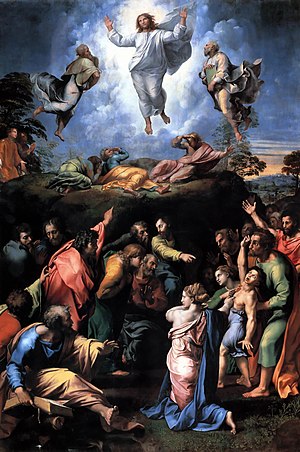
Likewise, as Plato writes, “A man should, from his youth, seek for forms which are beautiful…[in time] he will recognize the beauty which resides in one as the sister of that which dwells in another.” The Holy Trinity has been expressed in a myriad of metaphors and symbols, and God can be found in the luminous darkness of Dionysius the Araeopagite and the bleached glow of Tabor. The mind-boggling variety of the beauty of holiness that has been expressed in the various saints—whether widow or virgin, grouch or ingénue, martyr, confessor or penitent—is similarly varied. And, on a more earthy level, I have seen equal beauty in women who were small and delicate or tall and aristocratic , golden-haired or brown, lissom or rounded, and every possible combination in between. (Trust me, my gaze is quite chaste.) Beauty’s sisters are shockingly numerous.

It is right--it is essential, in fact--to impute moral and spiritual values to the symbolic qualities of art and architecture, but the wideness of history, the startling diversity of God's creation (aardvarks and jellyfish, for instance) and the catholicity of our saints and rites suggest that to suggest any single value to those forms is problematic. Indeed, one can readily impute virtues and morals to Corinthian columns as easily—or even more easily—than one can to groin vaults and clustered columnettes.
But both can be raised in praise to God. The point is that whatever their shape, are capable of being understood that way. A Renaissance dome may suggest the downward embrace of the heavens and the Incarnation of God, and a Gothic tower may suggest our upward prayers towards Him. But a church resembling a badly mangled Rubik's cube does neither. There is a limit, of course, but one that could embrace many styles, even those not yet conceived or those of the East and south only now beginning to be put to Christian use. There may be relative values of the ability of such elements to express these virtues, but each may also equally express some different part of the Divine nature as well. I certainly have my own opinions of the spiritual superiority of the Baroque, but that hardly means I would snuff out other forms of beauty, as they too offer insights into the nature of God.
The Unconscious Baroque of A.W.N. Pugin
It is curious to note that many of the vices the popular mind ascribes to the Baroque would also be present in the Gothic if it were pointed out to them. Baroque hardly has the market cornered on enormous—even somewhat cluttered—masses of ornament, as the splendid heaped-up aedicules of Gothic architecture demonstrate, and rather than despising one and loving the other, both in their filigreed glory are worthy of our attention.
Fra Lawrence has spoken movingly of Pugin’s incredible attention to detail, of his creation of an organic whole in each of his projects—from painting, sculpture and architecture down to even the vestments, church furnishings and altarpieces.
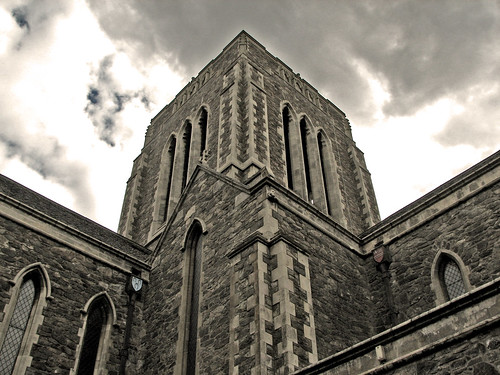
Such a unity of purpose is indeed the product of its times, or at least of the post-medieval era, when such a grand scheme would be outside the grasp of craftsmen working for decades on a grand cathedral. Indeed, it is reminiscent strongly of the most appealing aspect of the Baroque tradition, that of the bel composto or total work of art, that Bernini most notably perfected in his Ecstasy of St. Teresa, where a painted heavens drips down into the otherworldly altar-shrine where an angel pierces the heart of the swooning Teresa de Jesús in a tableau of mystical love.

Whatever the problems of the Baroque when it came to digesting the more puritan strictures of Trent, as a problem-solving thought-process, it offered the first and probably most ambitious attempt to integrate the arts as a worthy sacrifice to God. Pugin doubtlessly had no idea of this when he decried the paganism of continental churches, but it suggests, as many things do, of a deeper intellectual and formal similarity beneath such polychrome skins. Perhaps it is proof of the Divine sense of humor, and one wonders what startled conversations Augustus has had since then with old Gianlorenzo in the sight of the beatific vision. Perhaps both have learned much.

The Morality of Pediments and the Language of Symbols
Certainly some boundary lines must be drawn; I am not advocating an amorphous eclecticism governed by mere good taste. But the arguments of Pugin—I will continue to use him as an example in this case, as he has been much-discussed of late—betray a scrupulous desire for exclusion that seems alien to the universality of the Catholic mind, and its ability to bring out and baptize the virtue in nearly everyone, from Socrates to the happy bees of the Exsultet. To impute a one-to-one doctrinal correspondence between virtue and the elements of art can lead you down some very odd and confusing paths. There are clearly some wrong answers, but there are many right ones.
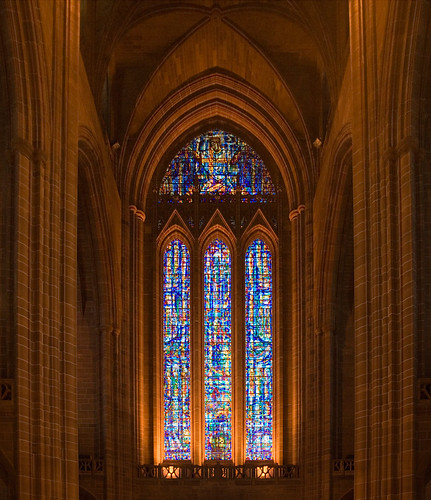
All beauty comes from God, as the great Gothicist Sir Ninian Comper once wrote: “ ‘What God hath cleansed, that call thou not common” [Acts 10:15]. All beauty inspired by the Creator Spirit is one, as all goodness is one and all truth is one. It is this which Dante and the spirit of the Renaissance and the Schoolmen saw when they claimed Greece for Christ.” Comper’s privileging of liturgical over stylistic questions allows us to embrace the fullness of that beauty—not through a revival of his own personal eclecticism but through the imbibing of the restless, searching spirit that it embodied. Any artist who does not try to simply look at as many things as much as possible, in any style or location, is missing out on some small bit of the Divine.

There are certainly styles that cry out their hostility to the faith—orthodox Modernism is one of them, though in a few very rare instances even it has been able to be Catholicized, with the careful attention of a man diffusing a high-explosive bomb—but to ascribe a one-to-one correspondence between canons and pediments, acroteria, or spires, is impossible in light of the multiform and layered nature of any work of art.
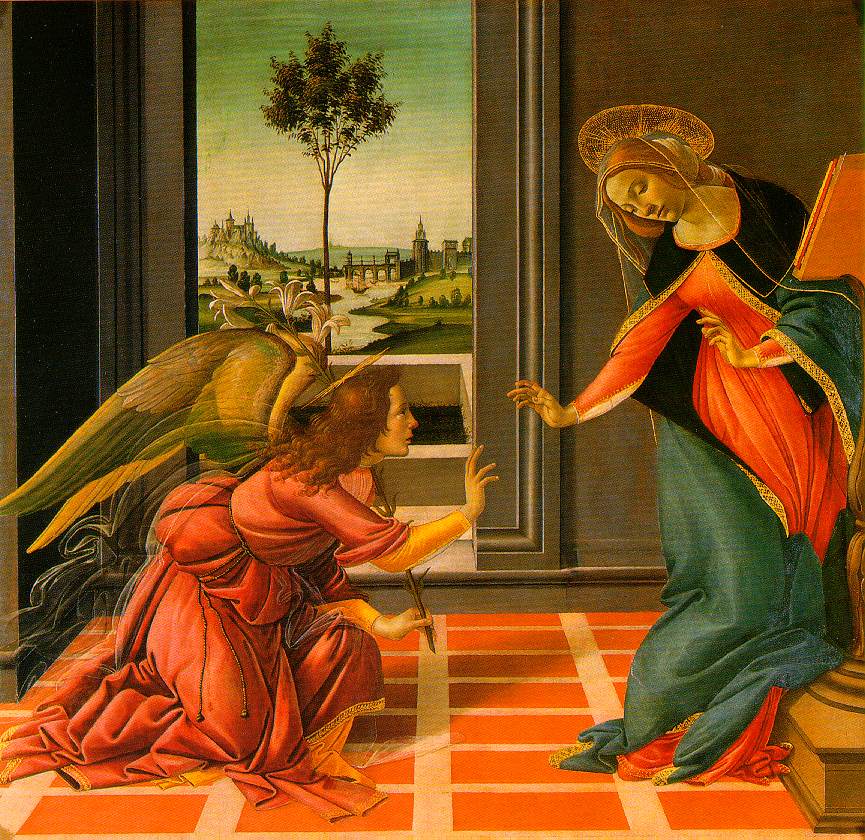
Art is rich with symbols, and symbols gain their most illuminatory meanings through embodying not one but an intersection of many ideas, and many symbols embodying aspects of one Truth too rich to be collapsed into a single sigil. How else could a triangle represent the unfathomable Trinity, or the dove be the Holy Ghost? It is worth quoting the words of the Aristotelian savant Emanuele Tesauro, who wrote in 1655:
A metaphor packs tightly all objects into one word and makes you see them one inside the other in an almost miraculous way, and your delight is the greater because it is a more curious and pleasant thing to watch many objects from a perspective angle than if the originals themselves were to pass successively before your eyes. [...]Metaphors are slippery things. Pinning down a crocket or a spire to a moral imperative can have some odd results, as we will see.
The Trap of the Golden Age
Pugin’s moral architecture ran into problems fairly early along. One of them is the problem that if Gothic is the sole ideal, it means it must have peaked at some point, and it would be all downhill from there. Such an attitude was not taken by most of the Victorian Gothicists, who embraced an ideal of flexible development, but it did cause a considerable amount of counter-productive hand-wringing in certain high-church circles that occasionally became so extremist as to lead one writer to brand German neo-Romanesque “almost pagan.” One architect joked at the time, in the face of this popular propaganda of a set golden age, of his fear of using moldings a half-hour too late.
Pugin’s imputation of a unilateral moral value to structure and structural ornament is also problematic. The popularity of Gothic in America is often the result of sentiment, and a lingering love of the Middle Ages, but Pugin’s tectonicist principles were intended to dispel this slippery ground.
However, in imputing a unitary moral quality to the weight of stone and glass, he finds himself in very odd company—the Abbé Laugier, Vasari, Vitruvius, Viollet-le-Duc, and the modernist Le Corbusier, all of which argued the superiority of their own pet style in the name of tectonic excellence. Laugier claimed the neo-classical style of his day was a perfectly logical expression of techtonic truth; Vasari thought the slender piers of Gothic Germany ludicrously weak and thin; Vitruvius imagined a structural pre-history for every classical element under the sun; Viollet-le-Duc interpreted Gothic structural brilliance from a secular point of view, and Le Corbusier, with his blank walls and strip windows, despised the carapace of sham fireplaces, overstuffed furniture, and bookcases that the bourgeoisie crammed the ice-tray rooms of his apartment buildings.
Each claimed their own style was the best, because it was the most perfect expression of its own structure. Somebody has to be wrong.
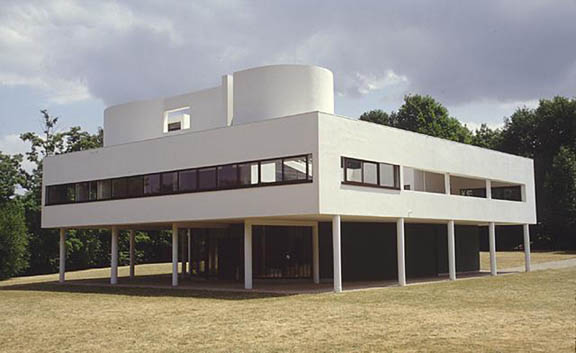
Such a defense is effectively indefensible as it seeks to make architecture only about architecture, rather than truth, beauty, and all the rest. Furthermore, it can hardly be applied to support a Gothic revival for today, as no building—not even Modernist ones—have been structurally true in its appearance for decades, and given the profusion of air conditioning ducts, electrical wires, plumbing, fire-code insulation, and the other unpleasant architechtonic guts of any building, will probably never be again. Taking it to its logical extreme, we would have to start worshipping under exposed I-beams. It is, at its heart, a Modernist argument, and an area of truth that homo Gothicus would have considered irrelevant. And indeed, as historian Walter C. Kidney writes, frequently did:
Architecture […] has always presented an edited version of the constructional facts. Japanese frame architecture, seemingly so straightforward, abounds in small shams introduced for the sake of finish. The Gothic cathedral dramatizes its structure with shafts, clustered around the piers, that support absolutely nothing and ribs that are often totally unnecessary.It appears the structural purity so crucial to neo-Gothicists was not as important to their stonemason forebears. The modernists weren’t much better, finishing brick surfaces with cement or padding out Prairie-style chimney-stacks. And any building built today will abound in walls stuffed with insulation, electrical wiring and ductwork systems. And there is nothing wicked or false in this, because architecture is never merely about architecture, just as painting is not just about brushstrokes or color, but the integration of technique, story and symbol. Certainly, the narrative of a building’s structural logic—real or symbolic—is crucial to such a design; though even that is not always the case. It is hard to disagree with the historian John Summerson’s appreciation of Gothic’s fairytale fantasy defiance of gravity, or to be moved by the structurally disreputable but glorious plasterwork heavens and paradisiacal perspectives of the Baroque.
Nearly every previous attempt to reform Christian architecture has centered on some grandiose stylistic cleansing of the Temple that fizzled out. We have already spoken of the neo-Gothic. Anglicans of the Jazz Age briefly promoted reunion with Rome by festooning their chancels with Baroque cherubim, which came to nought. Partisans of the twentieth-century Liturgical Movement found their ideals in the far future or amid the secret liturgies of the catacombs, while some traditionalists (only some!!) today are convinced liturgy was never so good than at the parish low mass of 1956, that most perfect paradise.
There is much truth and beauty in each of these attempts to discover the transcendent, but it is not the whole truth. In the end, to limit one’s artistic apprenticeship to one era is the surest way to self-destruct artistically.
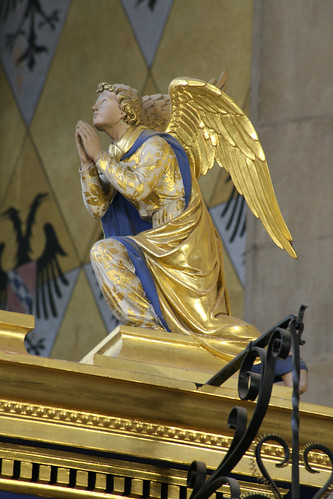
Such cultivation of the past provides for the future--and opens up the road for new development within the grand tradition, whether it be through small increases within the accepted styles or something bold and new that is nonetheless rooted in the wisdom of the past. More artists than we realize proceeded in this way, and were more aware of style than we suppose. As early as fifteenth-century, Flemish artists were self-consciously and selectively learning from the past. Comper sought out beauty among the ruined churches of North Africa and the polychrome apostles of Nuremberg, while even the Baroque architects Bernini and Guarini spoke approvingly of Gothic work.
Though not all possessed such catholicity of mind. I am reminded of the Dutch modernist Piet Mondrian, who was quite firmly convinced at the close of his life of the immorality of curved lines and wasn’t too sure about diagonals, either. The result was not so much cubism as bath tiles, and an artist trapped within a circle—a wicked curved line—of his own making.




No comments:
Post a Comment